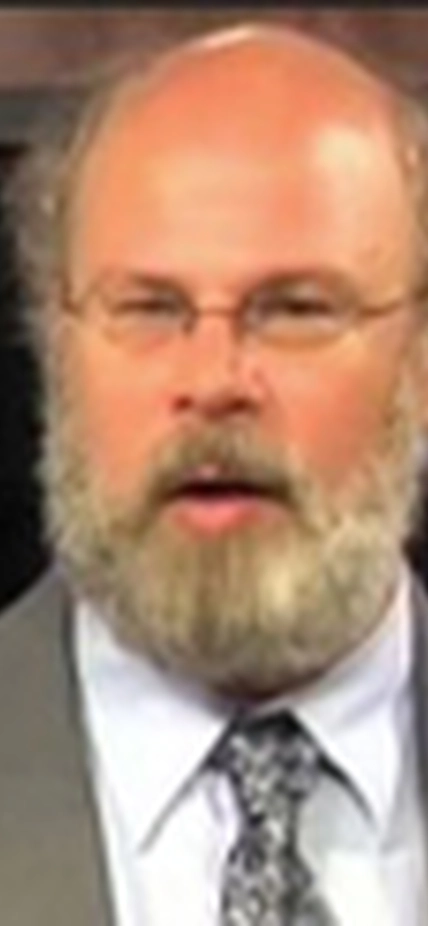Washington, D.C.—Paul Butler of Carnegie’s Department of Terrestrial Magnetism (DTM) has been elected to the American Academy of Arts and Sciences for his discovery of more than half of the known planets orbiting nearby stars.
212 leaders in science, the arts, social science, the humanities, public affairs, and business were elected today as members of the American Academy of Arts and Sciences—one of the most prestigious and oldest U.S. honorary societies.
Butler and his collaborators have been reporting observations of planets orbiting nearby stars since 1995. He and his colleagues developed the most precise method to date for finding these objects. The method is called the precision Doppler velocity technique. It detects the wobble of a star that is gravitationally tugged by an orbiting planet. From the data, the scientists can infer the planet’s mass, its orbital period, and the size of the orbit.
“Paul’s pioneering method for finding these elusive objects has changed the way we look at our place in the universe.” commented Carnegie president Richard A. Meserve. “Like so many Carnegie scientists, he embarked on an untrodden path and it has yielded tremendous rewards. We are very proud of him.”
Butler has been a staff scientist at the Carnegie Institution’s Department of Terrestrial Magnetism since 1999. He received his B.A. in Physics from San Francisco State University in 1985, followed by his B.S. in Chemistry in 1986 and an M.S. in physics in 1989. He received his Ph.D. in astronomy from the University of Maryland in 1993.
He has given countless invited talks on his research all over the world. Among his awards and honors he received National Academy of Sciences Henry Draper Medal in 2001, and he was an invited panelist at the World Economic Forum in Davos Switzerland that same year. He received the Planetary Society & American Astronautical Society Carl Sagan Memorial Award in 2002, and he was Discover Magazine’s Space Scientist of the Year in 2003.
“The field of planetary science has been forever changed by the recognition that planets are common in our galaxy and that there are many more examples of planetary systems against which to test ideas for planet formation than just our Solar System,” added DTM director Sean Solomon. “It is appropriate that the American Academy of Arts and Sciences has recognized Paul’s central role in this scientific revolution.”
New members will be inducted into the society on October 1, 2011, at the academy’s headquarters in Cambridge, Massachusetts.
__________________
